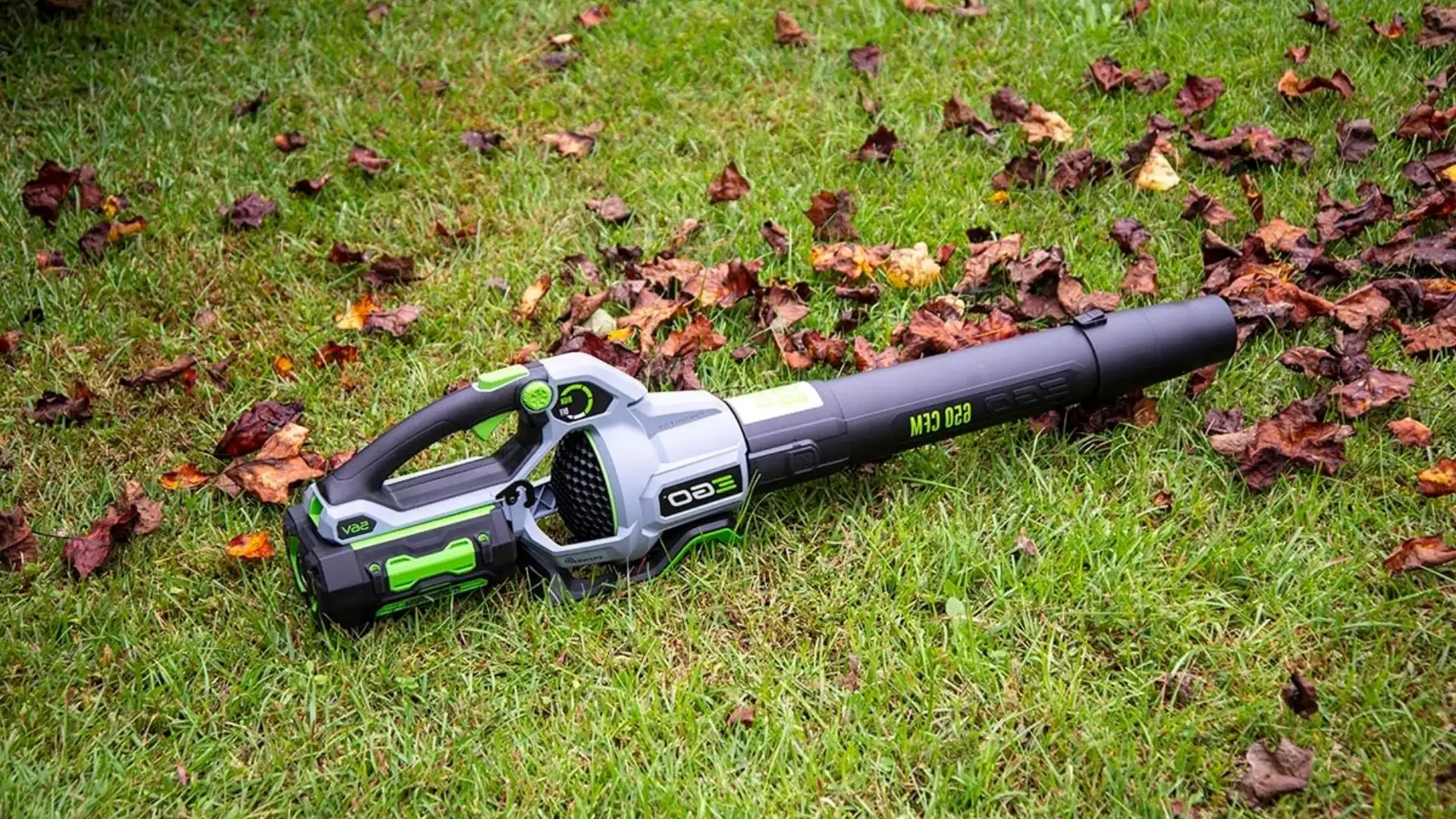Using a leaf blower in light rain is generally not recommended, but it might be possible with some precautions. The primary concern is safety, as electrical models pose a risk of electric shock and efficiency, as wet leaves are heavier and more challenging to move.
Additionally, blowing wet debris can clog the blower. It is essential to check the manufacturer’s instructions regarding use of your specific leaf blower model in wet conditions. For a comprehensive understanding and more detailed information about can you use a leaf blower in the rain, continue reading the article below.
What if the leaf blower gets wet?
When a leaf blower gets wet, it can potentially cause several types of damage, including:
Electrical damage: Water entering the blower’s casing can lead to a short circuit, damaging the electrical components. This may cause a lack of power, unusual sounds, or difficulty starting the machine.
Motor damage: Moisture can affect the motor’s performance and efficiency. Wet conditions may lead to rust or corrosion on the engine or other components, impacting the blower’s overall functionality.

Clogging: Wet leaves tend to clump together, which can cause clogging in the blower’s intake or nozzle. This can reduce airflow and hinder the blower’s effectiveness.
Rust and corrosion: Prolonged exposure to moisture can result in rust and corrosion on various parts of the blower. Rust can weaken the structural integrity and functionality of the blower over time.
It’s essential to take precautions, such as keeping your leaf blower dry and storing it correctly, to prevent these potential damages.
What should I do if the leaf blower gets wet?

If your leaf blower gets wet, it’s essential to prevent further damage immediately. Here are some steps you can take:
- Disconnect the power source: If your leaf blower is electric or battery-operated, disconnect it from the power source immediately to avoid a short circuit.
- Remove any loose water: Tilt the leaf blower to allow any excess water to drain from the chassis. You can also use a towel to dry off the exterior of the blower gently.
- Allow it to air dry: After removing the excess moisture, it’s essential to let the leaf blower air dry in a well-ventilated area. Avoid using heat sources or direct sunlight, which may cause further damage.
- Inspect for damage: Once the leaf blower is completely dry, inspect it for any signs of damage. Check the electrical components and connections thoroughly.
- Test before use: Before using the leaf blower again, ensure it functions correctly. Check if the power source is working, and ensure the blower runs smoothly.
Steps to clean leaf blower when wet

If your leaf blower gets wet and you want to clean it properly, here are the steps you can follow:
Step 1: Disconnect the power source
Before starting any cleaning process, disconnect the leaf blower from the power source to avoid any electrical accidents.
Step 2: Remove any debris or wet leaves
Check the intake area and remove any debris or wet leaves that may have accumulated. Use gloves or a tool to clear out the blockage gently.
Step 3: Wipe down the exterior
Take a clean cloth or towel and wipe down the exterior of the leaf blower to remove any dirt or moisture. Pay attention to the handle, controls, and vents.
Step 4: Disassemble (if necessary)
If your leaf blower allows for disassembly, carefully remove the components according to the manufacturer’s instructions. This will help you access hard-to-reach areas for thorough cleaning.
Step 5: Clean the interior
Use a soft brush or compressed air to remove dust, dirt, or moisture from the interior components. Be gentle to avoid causing any damage.
Step 6: Check and clean the air filter
The air filter plays a crucial role in the blower’s performance. Check the filter for any signs of dirt or damage. If necessary, clean or replace it according to the manufacturer’s instructions.
Step 7: Dry thoroughly
Ensure that all the components are dehydrated before reassembling the leaf blower. Please leave them in a well-ventilated area until they are moisture-free.
Step 8: Reassemble and test
Once everything is dry, reassemble the leaf blower following the manufacturer’s guidelines. Connect it to the power source and test its functionality to ensure it works properly.
Alternatives to Using Leaf Blowers in the Rain
When rainy weather interrupts your leaf-blowing plans, it’s an excellent time to consider alternative tactics for keeping your yard in order. While leaf blowers are fast and effective, manual methods and alternative tools can help maintain your outdoor space safely.

Raking and Bagging Leaves
Raking and bagging leaves is a tried and true method for managing leaf clean-up. By carefully raking leaves into neat piles and using a tarp or bag to collect and dispose of them, you not only effectively clear your yard but also have the opportunity to examine your outdoor space closely.
This closer inspection allows you to identify potential issues, such as areas needing additional attention or potential hazards. Taking the time to rake thoroughly and bag leaves keeps your yard tidy and ensures more thorough maintenance and care of your outdoor environment.
Using a Broom or Brush
A good-quality push broom or stiff brush can be an excellent substitute for a leaf blower, especially on smaller surfaces such as patios and decks for lighter-duty work. These tools can be just as precise and far safer in inclement weather.
Conclusion
Understanding the risks and effects of using a leaf blower in the rain is crucial to maintaining safety and preserving the tool’s functionality. While powering through your yard work may be tempting despite the weather, caution should take precedence. Whenever the skies open up, remember the alternatives to leaf blowing and choose the method that best suits the.
If you have any questions about leaf blowers, please continue to follow Garden Nurturer for more knowledge.






